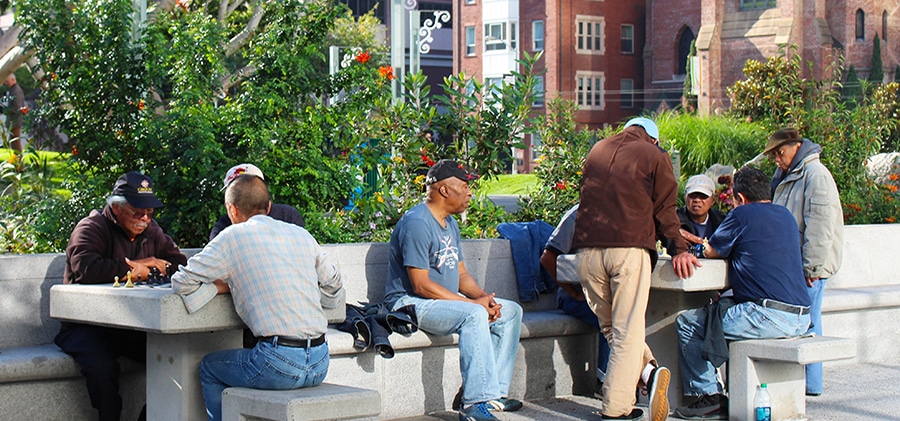
When wealthier individuals and organizations move into an urban neighborhood, both the rental and property values as well as the culture and character of the community can change. This process is known as gentrification. While this shift can do good and often results in the revitalization of struggling areas, it can also leave many people in the existing community priced out of their own neighborhood and even worse, displaced. Today, as gentrification takes place in more and more urban areas across the country, many socially conscious developers, investors and urban planners have thankfully become sensitive to the issue. And many of them are looking for ways to maintain a place for existing, lower-income members of communities that are faced with the changes that will inevitably come. One such example of a large project in a rapidly gentrifying community is the Bushwick Generator in the East Williamsburg area of Brooklyn.
Background
Williamsburg, a north Brooklyn neighborhood situated on the waterfront, was historically a manufacturing district. It originally developed due to a boom in industry in the area in the early 1900s. Over the last two decades it has increasingly transformed into a trendy neighborhood, for living, eating, shopping and visiting. And as always, the pressure of development has resulted in spill-over development activities in the adjacent neighborhoods of East Williamsburg and Bushwick which have now also become much sought after areas to live in. This is in part due to the fact that these neighborhoods are well-served by public transit. They are right on the L train, a primary mode of transportation between Brooklyn and Manhattan.
The Bushwick neighborhood itself is a diverse community with a strong Latino and African-American presence along with other immigrants and young creatives. But Bushwick is now beginning to experience the leading edge of gentrification with the arrival of affluent media and tech businesses, along with their employees, into the area. These new businesses threaten to change the neighborhood’s long-standing character and are putting at risk the affordability of the neighborhood for some of its existing residents.
About the Bushwick Generator
The Bushwick Generator is housed is a massive warehouse which was purchased by a developer in 2015. The developer’s goal was to create a “community influenced innovation lab and creative hub.” The Generator has 100,000 square feet of space and is in the process of being developed for commercial, nonprofit and creative tenants, and, most importantly, as a resource for all members of the community.
In 5,000 square feet of now-completed space, Emerick Patterson, one of the leaders of the project, does community outreach and neighborhood work. His primary goal is to offset the effects of ongoing gentrification. As media and tech tenants continue to move into the area around it, the Bushwick Generator offers not only a resource for members of the existing community but also an opportunity for them to impact what goes on in the large spaces around them.
The project is still in its early stages and is exploring how the total space can be used. Yet, at the forefront of this planning process is what members of the neighborhood want, whether that be a place for job training, job readiness, or simply a space to gather and meet. The Bushwick Generator has an open-door policy and works to get as many members of the community through the doors as possible. They regularly host events, working hard to ensure that all events are attended by members of the community. First and foremost, they want to ensure that locals are getting access to knowledge about what is now going on in the neighborhood.
Patterson says that, ideally, these efforts will result in some changes to the ongoing tech influx in the area and that the Generator will enable all members of the community to feel connected, comfortably engaging in area events and confident enough to ask for help when needed.
To learn more about the Bushwick Generator and other projects in the area, listen to the full interview with Emerick Patterson.
Image from Pxhere licensed CC0 Public Domain
